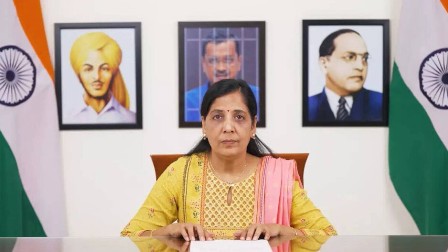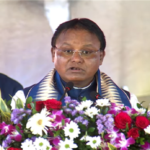The community radio needs Govt support
They are doing commendable work by reaching out to communities ignored by mainstream media. Give them more favourable turf to play on.
NEW DELHI, APRIL 14: Community radio stations (CRS) in India are playing a crucial role in informing, educating and entertaining communities that have limited access to mainstream media. These stations are run and managed by local communities, NGOs, educational institutions, and other grassroots organizations.
They did commendable work during the pandemic by spreading awareness about it and how it could best be avoided. CRS routinely play programs on vaccination, nutrition, menstrual hygiene, and sanitation. They also promote literacy. They have also been instrumental in empowering women by having programs on women’s health, education, and entrepreneurship. They provide a platform for women to share their experiences. Besides, they promote local culture and traditions by showcasing local talent and also conducting programs on local festivals and traditions.
But unfortunately, most of them struggle to remain on air due to a severe paucity of funds and resources. As they have to muster their own resources, they rely heavily on government campaigns and local ads for funds. But of late the government funds are just not there. The proverb ‘Beating around the Bush’ fits apt to the government’s approach to CRS. The Ministry of Information and Broadcasting has increased the DAVP rate but campaigns have been reduced drastically to just two to three in a year.
The government wants the community Radio Stations to be self-sustained. It is easier said than done. There are so many technical issues that stand in the way. It has a limited range and restricted transmitter power of 0.5 KW that seriously cripples its signals which seriously mars its audio quality thereby dissuading the private parties to give ads to CRS. Community Radio faces a number of sustainability issues, both financial and operational, that can impact their ability to continue serving their local communities.
However, the CRS would also have to think out of the box to take the movement forward. To address these sustainability issues, community radio stations can take a number of steps. These might include diversifying funding sources, developing a strong volunteer management program, investing in technical infrastructure by procuring loans, and developing partnerships with other local media outlets to increase visibility and build audiences. A strong team is essential for the success of any radio station. CRS should recruit and retain talented and passionate individuals who are committed to the station’s mission.
Besides, Community radio stations should adhere to journalistic standards, such as accuracy, fairness, and impartiality. This will help build trust with the community and establish the station as a credible source of news and information. Thus, community radio stations can become a strong medium that serves the needs of their local communities.
A community radio station needs a sustainable business model to ensure its long-term success. This may involve a combination of funding sources, including grants, sponsorships, donations, and underwriting. Develop a fundraising plan that includes a variety of revenue streams to ensure financial stability. Overall, community radio stations can succeed by offering content that is relevant, engaging, and distinctive, and by leveraging their strengths, such as their local focus, human connection, and credibility, to create a loyal and engaged audience.
A community radio station also needs the support of the community it serves. Involving community members in the planning process, and encouraging them to participate in the station’s programming will help ensure that the station meets the needs and interests of the community, and can also help with fundraising and support.
-The Pioneer








